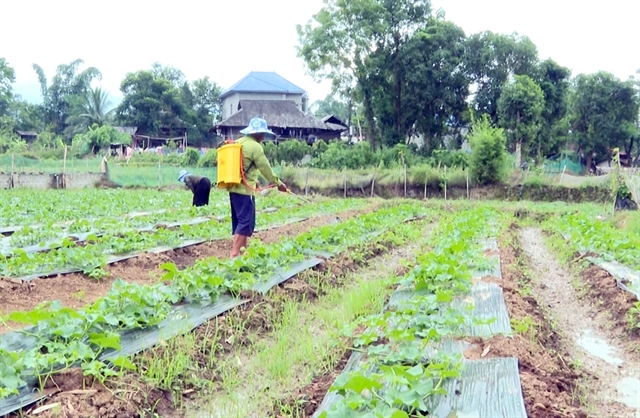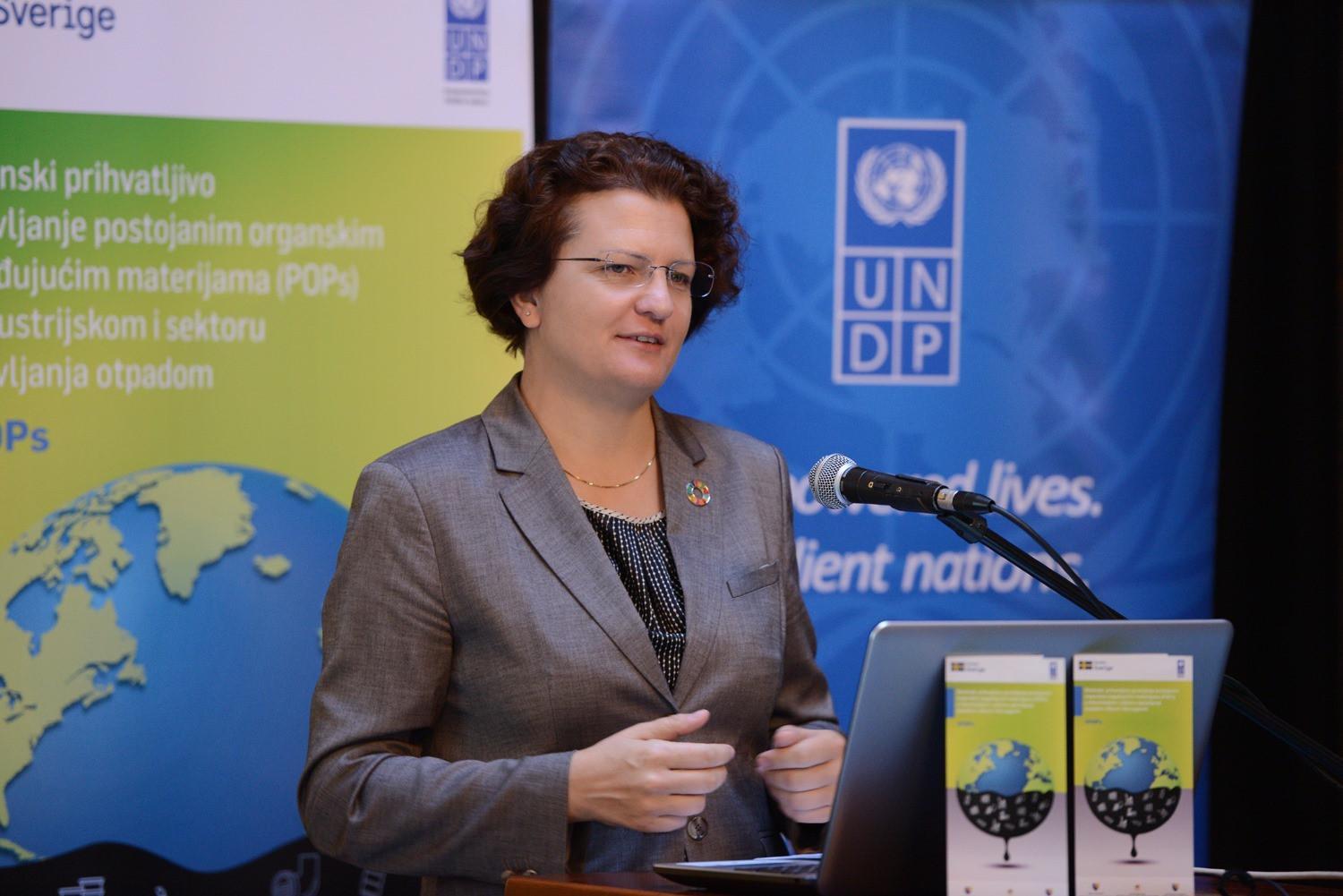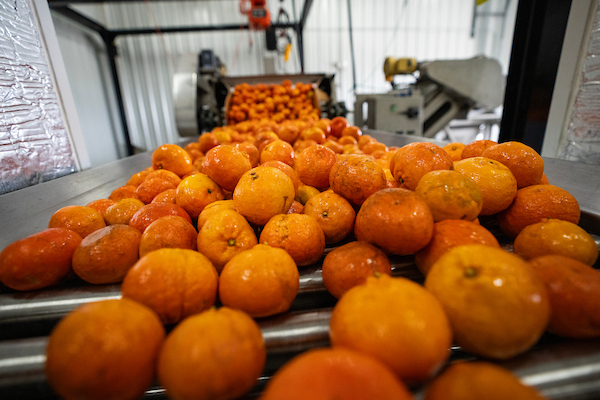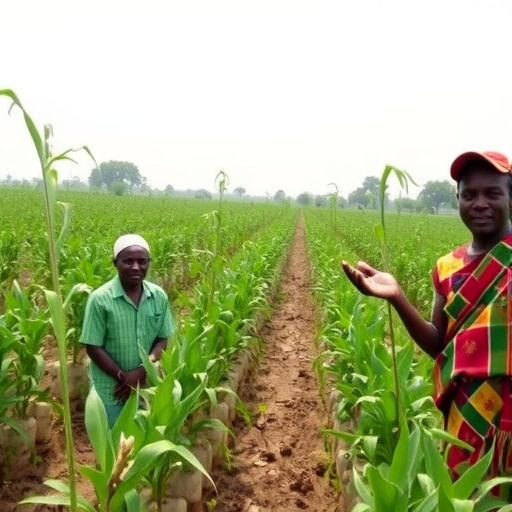Bridging Data Gaps to Boost Jobs and Food Security in Agrifood Systems – Devdiscourse

Report on Data-Driven Policy for Sustainable Agrifood Systems and SDG Advancement
Introduction: The Role of Data in Achieving Sustainable Development Goals
At the 53rd Plenary Session of the Committee on World Food Security (CFS53), a side event titled “Harnessing Data for Policy Making: Advancing Food Security and Decent Jobs in Agri-Food Systems” underscored the critical role of data in achieving the Sustainable Development Goals (SDGs). Convened by the International Labour Organization (ILO) and its partners, the session focused on how robust data can create inclusive, sustainable, and equitable agrifood systems, directly contributing to SDG 2 (Zero Hunger) and SDG 8 (Decent Work and Economic Growth).
Multi-Stakeholder Collaboration for SDG 17: Partnerships for the Goals
The event exemplified SDG 17 (Partnerships for the Goals) through its collaborative organization, which included:
- International Labour Organization (ILO)
- CIRAD (French Agricultural Research Centre for International Development)
- CARE International
- International Fund for Agricultural Development (IFAD)
This coalition, building on the work of the Decent Work for Equitable Food Systems Coalition, brought together policymakers, researchers, and development practitioners. The collective goal was to integrate decent work principles into food system transformations, thereby advancing SDG 8 while ensuring progress on SDG 1 (No Poverty) and SDG 10 (Reduced Inequalities).
Addressing Data Deficiencies to Achieve SDG 2 and SDG 8
A primary challenge identified was the existence of significant data gaps that impede the formulation of effective, evidence-based policies. These blind spots prevent a full understanding of the labor dynamics within the agrifood sector and hinder progress toward key SDGs. Major areas lacking sufficient data include:
- Informal employment statistics
- Wage conditions and fair compensation
- Adherence to labor rights
- Occupational health and safety incidents
Closing these gaps is essential for designing interventions that improve food system resilience, a core target of SDG 2, and for guaranteeing the rights and safety of workers as mandated by SDG 8.
Case Study: The JobAgri Initiative and its Impact on Localizing SDGs
The JobAgri pilot project in Ghana was presented as a model for how employment-focused data can reshape agricultural and labor policies to meet SDG targets. By analyzing agri-value chains and employment trends, the project provides governments with the necessary evidence to design inclusive policies. The initiative directly supports:
- SDG 1 (No Poverty) and SDG 10 (Reduced Inequalities): By creating targeted policies that improve livelihoods in rural areas.
- SDG 5 (Gender Equality): By identifying and creating new opportunities for women in the agrifood sector.
- SDG 8 (Decent Work and Economic Growth): By providing a clear evidence base for what constitutes decent work within local agricultural contexts.
Strategic Recommendations for Policy and Investment
The session concluded with a series of recommendations aimed at integrating data into policymaking to accelerate the 2030 Agenda. These recommendations align with the upcoming 2025 CFS Plenary on responsible investment.
- Invest in National Agri-Labor Data Systems: Governments must allocate resources to build robust data collection and analysis capacity. This is fundamental for creating evidence-based policies that support SDG 2 and SDG 8.
- Strengthen Multi-Stakeholder Coalitions: Fostering collaboration between governments, research institutions, and civil society, in line with SDG 17, is crucial for co-creating effective and inclusive policies.
- Scale Up Successful Data Pilots: Global and regional partnerships should be leveraged to expand successful models like JobAgri, ensuring that proven solutions can benefit a wider population.
- Protect and Empower Food System Workers: Policies must prioritize the rights and empowerment of all workers, especially those in informal and rural sectors, to directly advance SDG 1, SDG 5, SDG 8, and SDG 10.
Conclusion: Aligning Agrifood Transformation with the 2030 Agenda
The ILO and its partners reaffirmed their commitment to a data-informed transformation of agrifood systems. By making decent work a central pillar of this transformation, stakeholders can ensure that progress toward SDG 2 (Zero Hunger) does not come at the expense of those who produce the world’s food. The effective use of data is paramount to creating better, safer, and more equitable jobs, thereby ensuring that agrifood systems contribute positively to the entire spectrum of Sustainable Development Goals.
Analysis of Sustainable Development Goals in the Article
1. Which SDGs are addressed or connected to the issues highlighted in the article?
- SDG 2: Zero Hunger: The article’s central theme is improving agrifood systems to enhance “food security,” which is the primary goal of SDG 2. It discusses building “sustainable, and equitable agrifood systems” to ensure the world is fed.
- SDG 8: Decent Work and Economic Growth: This is a core focus, with the article repeatedly mentioning the need for “decent jobs,” “decent work,” protecting “labor rights,” and improving “wage conditions” within the agrifood sector. The event title itself links “Food Security and Decent Jobs.”
- SDG 5: Gender Equality: The article explicitly mentions the goal of unlocking new opportunities for “women” and making their “voices heard,” highlighting the need for inclusive policies that address gender disparities in the agricultural sector.
- SDG 10: Reduced Inequalities: The text emphasizes creating “inclusive, targeted policies” to benefit “youth, women, and marginalized groups,” directly addressing the goal of reducing inequalities within and among countries.
- SDG 17: Partnerships for the Goals: The entire initiative described is a collaborative effort. The article highlights the importance of “multi-stakeholder coalitions,” “global and regional partnerships,” and collaboration between organizations like the ILO, CIRAD, CARE, and IFAD to achieve common goals.
2. What specific targets under those SDGs can be identified based on the article’s content?
-
SDG 2: Zero Hunger
- Target 2.1: By 2030, end hunger and ensure access by all people, in particular the poor and people in vulnerable situations, including infants, to safe, nutritious and sufficient food all year round. The article’s goal of “advancing food security” directly supports this target.
- Target 2.4: By 2030, ensure sustainable food production systems and implement resilient agricultural practices. The article calls for “sustainable” and “resilient” agrifood systems, especially in the face of “climate change, pandemics, and conflict-driven displacement.”
-
SDG 8: Decent Work and Economic Growth
- Target 8.5: By 2030, achieve full and productive employment and decent work for all women and men, including for young people and persons with disabilities, and equal pay for work of equal value. The article’s main objective is to drive “decent job creation” and ensure that “decent work becomes a central pillar of sustainable food systems.”
- Target 8.8: Protect labour rights and promote safe and secure working environments for all workers. The article identifies “data blind spots” concerning “labor rights, and occupational health and safety” and calls for the “protection and empowerment of food systems workers.”
-
SDG 5: Gender Equality
- Target 5.5: Ensure women’s full and effective participation and equal opportunities for leadership at all levels of decision-making in political, economic and public life. The article supports this by aiming to make women’s “voices heard” and create policies that are inclusive for them.
-
SDG 17: Partnerships for the Goals
- Target 17.17: Encourage and promote effective public, public-private and civil society partnerships. The event described is a collaboration co-organized by the ILO, CIRAD, CARE International, and IFAD, exemplifying a “multi-stakeholder coalition.”
- Target 17.18: By 2020, enhance capacity-building support to developing countries… to increase significantly the availability of high-quality, timely and reliable data. The article’s entire premise is about “harnessing data for policy making” and calls for “national investment in agri-labor data systems” and “capacity-building” to bridge data gaps.
3. Are there any indicators mentioned or implied in the article that can be used to measure progress towards the identified targets?
-
For SDG 2 & 8:
-
The article implies the need for indicators by highlighting “data blind spots.” The types of data needed to be collected serve as implied indicators. These include data on:
- Employment trends in agri-value chains: This could be measured by the number or percentage of people employed in the agrifood sector.
- Informal employment: Progress could be measured by the rate of informal employment in agriculture (Indicator 8.3.1).
- Wage conditions: This implies measuring average hourly earnings of employees in the agrifood sector (related to Indicator 8.5.1).
- Occupational health and safety: This could be measured by the frequency rate of fatal and non-fatal occupational injuries in the sector (Indicator 8.8.1).
-
The article implies the need for indicators by highlighting “data blind spots.” The types of data needed to be collected serve as implied indicators. These include data on:
-
For SDG 5:
- The article implies the need for disaggregated data to measure inclusion. An implied indicator is the proportion of women in the agricultural labor force and their access to economic resources, which can be tracked through the “employment-focused data initiatives” mentioned.
-
For SDG 17:
-
The article suggests indicators related to capacity and partnership. Progress could be measured by:
- National investment in data systems: The amount of national budget allocated to “agri-labor data systems.”
- Existence of partnerships: The number of “multi-stakeholder coalitions” and “global and regional partnerships” formed to scale up data initiatives.
-
The article suggests indicators related to capacity and partnership. Progress could be measured by:
4. Summary Table of SDGs, Targets, and Indicators
| SDGs | Targets | Indicators (Mentioned or Implied in the Article) |
|---|---|---|
| SDG 2: Zero Hunger | 2.4: Ensure sustainable food production systems and implement resilient agricultural practices. | Data on farm structures and production models to build resilient agrifood systems. |
| SDG 8: Decent Work and Economic Growth | 8.5: Achieve full and productive employment and decent work for all. 8.8: Protect labour rights and promote safe and secure working environments. |
Data on employment trends, informal employment rates, wage conditions, labor rights violations, and occupational health and safety statistics in the agrifood sector. |
| SDG 5: Gender Equality | 5.5: Ensure women’s full and effective participation and equal opportunities. | Sex-disaggregated data on employment and opportunities for women in rural and agricultural sectors. |
| SDG 10: Reduced Inequalities | 10.2: Empower and promote the social, economic and political inclusion of all. | Data on opportunities for youth and marginalized groups in agri-value chains. |
| SDG 17: Partnerships for the Goals | 17.17: Encourage and promote effective partnerships. 17.18: Enhance capacity-building support for data collection. |
Level of national investment in agri-labor data systems; number of multi-stakeholder coalitions and partnerships formed. |
Source: devdiscourse.com
What is Your Reaction?
 Like
0
Like
0
 Dislike
0
Dislike
0
 Love
0
Love
0
 Funny
0
Funny
0
 Angry
0
Angry
0
 Sad
0
Sad
0
 Wow
0
Wow
0














































































